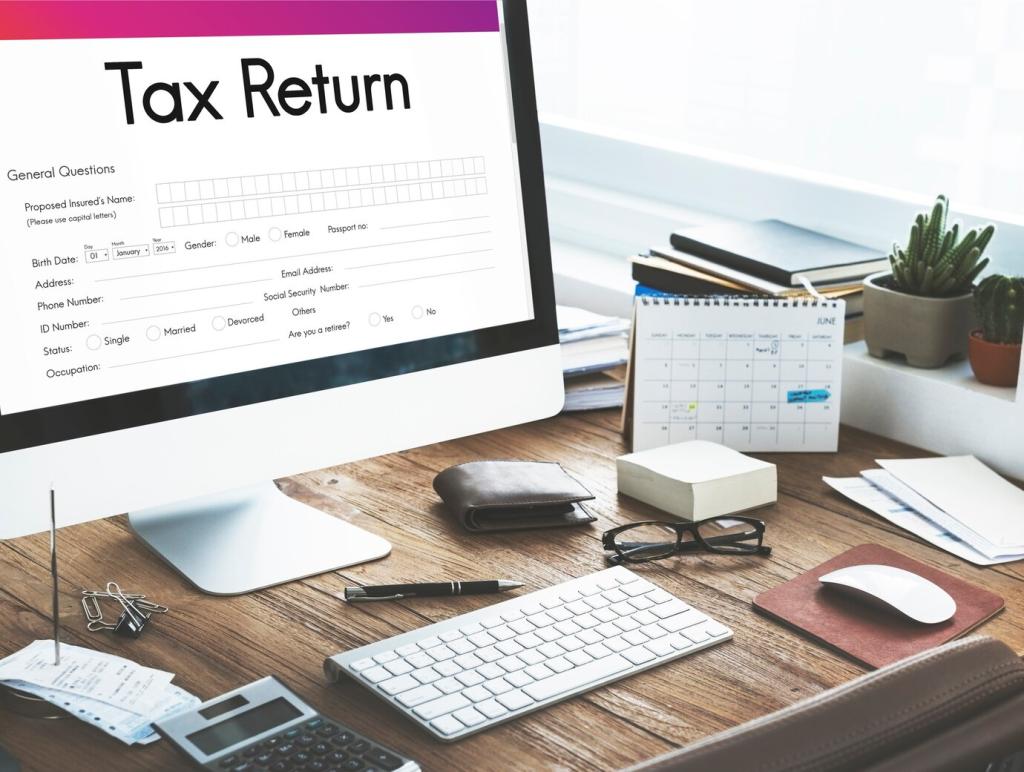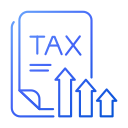
Self-Assessment for UK Entrepreneurs: Start Smart, File Confidently
Chosen theme: Self-Assessment for UK Entrepreneurs. Navigate HMRC with clarity, reduce stress at year-end, and turn compliance into a confident founder habit. Join our community, ask questions in the comments, and subscribe for practical, founder-tested insights delivered in time for every deadline.
Who Needs to File and How to Register
Entrepreneurs who must complete Self Assessment
If you are a UK entrepreneur operating as a sole trader, partner, or a limited company director with untaxed income, Self-Assessment likely applies. Add landlords, side hustlers, investors with significant dividends or gains, and those with high income or complex reliefs. When in doubt, check HMRC’s guidance early.
Getting your UTR and Government Gateway access
Register for Self-Assessment as soon as you begin trading or receive untaxed income. HMRC will issue your Unique Taxpayer Reference by post, typically within 10 working days in the UK, or longer if abroad. Set up your Government Gateway credentials promptly, as they are required to sign in and submit securely.
Key deadlines every UK entrepreneur should note
Register by 5 October after the end of your first tax year trading. Paper returns are due by 31 October, online returns by 31 January, and any tax due by 31 January as well. Payments on account may be due 31 January and 31 July. Add reminders now to avoid interest and penalties.
Income Streams and Bulletproof Records
Separate business and personal money
Open a dedicated business bank account to keep your transactions clean. Use one card for business costs, and avoid personal spending from business funds. This simple discipline speeds up bookkeeping, clarifies profit, and makes your Self-Assessment less painful and more accurate when HMRC asks you to evidence figures.
A monthly bookkeeping routine that saves tax time
Each month, reconcile bank feeds, file digital receipts, log mileage, and tag invoices as paid. Keep a simple spreadsheet or accounting app dashboard to track turnover, VAT status, and forecasted tax. When Self-Assessment season arrives, your numbers are ready and your stress is significantly lower.
A founder’s mini-story: the receipt box that paid for itself
One London founder once dumped a shoe box of receipts on their accountant’s desk and overpaid tax because many were unreadable. The next year, they switched to a receipt capture app, recovered missed expenses, and funded an extra marketing push. Moral: tidy records protect profit and Self-Assessment outcomes.
Home office simplified vs actual cost methods
UK entrepreneurs working from home can choose the HMRC simplified flat rate or a proportion of actual costs like utilities and broadband. Keep fair, reasonable apportionments and consistent methods. Document your approach and hours to justify claims if queried, ensuring your Self-Assessment remains robust under scrutiny.
Travel, subsistence, and entertaining rules
Claim travel and meals only when genuinely business-related and not ordinary commuting. Overnight trips with client meetings usually qualify, while client entertainment is generally disallowable for tax. Keep detailed itineraries, receipts, and reasons for travel so your Self-Assessment withstands questions and your deductions remain defensible.
Equipment, software, and capital allowances
Computers, phones, and software essential to your business can be claimed. Some items may qualify for the Annual Investment Allowance, while others are expensed depending on accounting basis. Track purchase dates and costs carefully to apply the correct treatment in Self-Assessment and avoid missing eligible relief.
Payments on Account and Smart Budgeting
If your Self-Assessment tax is over £1,000 and not mostly taxed at source, HMRC usually asks for two advance payments toward next year—50% in January and 50% in July. A balancing payment follows the next January. Understand this rhythm to avoid painful surprises and protect your cashflow.


Payments on Account and Smart Budgeting
If you expect lower profits, you can apply to reduce payments on account. Be realistic and keep evidence; underestimating can trigger interest later. Review quarterly, compare forecasts with actuals, and adjust thoughtfully so your Self-Assessment remains accurate without risking unnecessary charges from HMRC.
Directors, Dividends, and Salary Choices
Personal return vs company return: know the line
Self-Assessment reports your personal income—salary, dividends, rental, gains—while your company files a separate CT600 corporation tax return. Do not mix the two. Directors often still need Self-Assessment if they receive dividends or other untaxed income, so track sources clearly and keep matching evidence.

Avoidable Errors and Penalties
Deadlines, interest, and penalty triggers
Missing the 31 January filing or payment dates risks instant penalties and interest. Continued delays escalate charges. Keep calendar reminders, a running task list, and a pre-deadline checklist. Submitting an accurate Self-Assessment early gives time to fix mistakes and spreads workload across quieter business weeks.
National Insurance and protecting your record
Monitor your National Insurance position to safeguard State Pension eligibility. Policy changes happen, and thresholds matter. Ensure your Self-Assessment correctly reflects profits and any voluntary contributions if relevant. Periodically check your NI record and resolve gaps promptly so your long-term entitlements remain intact and secure.
Student loans, benefits, and other hidden adjustments
Self-Assessment can trigger student loan repayments, affect Child Benefit via the High Income Child Benefit Charge, and adjust marriage allowance claims. Gather pay documents, P11D benefits, and dividend statements early. Double-check entries before submission so there are no unexpected liabilities undermining your carefully managed cashflow.

Making Tax Digital and Tools That Help
Making Tax Digital for Income Tax is scheduled to phase in, starting with higher-income self-employed individuals and landlords before broadening. Expect quarterly updates and digital records. Prepare now by digitising processes so your Self-Assessment transition is smooth rather than a rushed compliance scramble later.
From Draft to Submit: A Calm Filing Walkthrough
Gather bank statements, sales invoices, expense receipts, payroll reports, P60 or P45 if applicable, P11D benefits, interest statements, dividend vouchers, and any rental or capital gains details. Identify the right pages—SA100, SA103, SA105, SA108—and verify personal details. Create a final review window before submission.
From Draft to Submit: A Calm Filing Walkthrough
A Manchester app founder blocked two evenings, used bank feeds to categorise transactions, and reconciled receipts in batches. They validated figures against a simple profit report, then filed early. The surprise? A lower bill and fewer payments on account than feared. Their Self-Assessment became a calm annual ritual.


